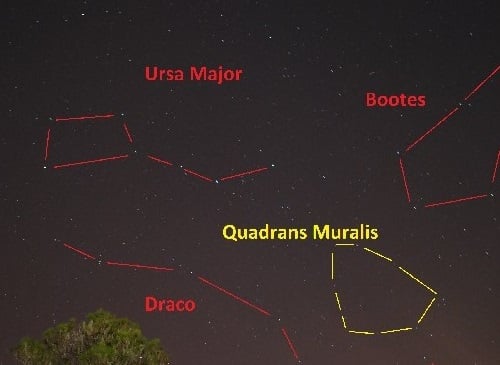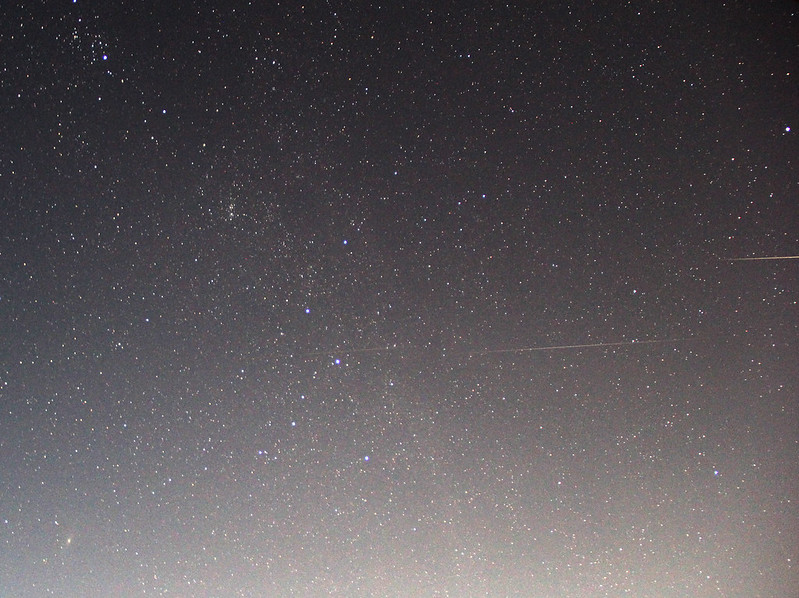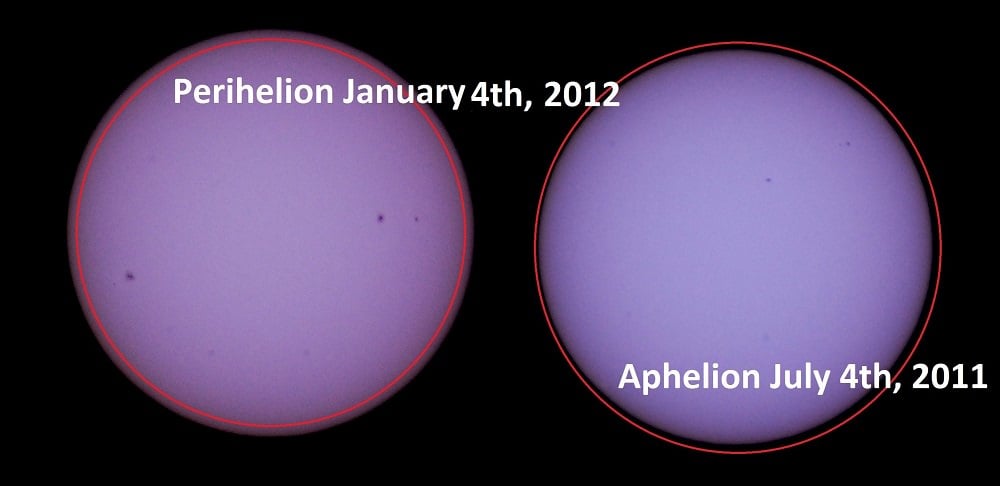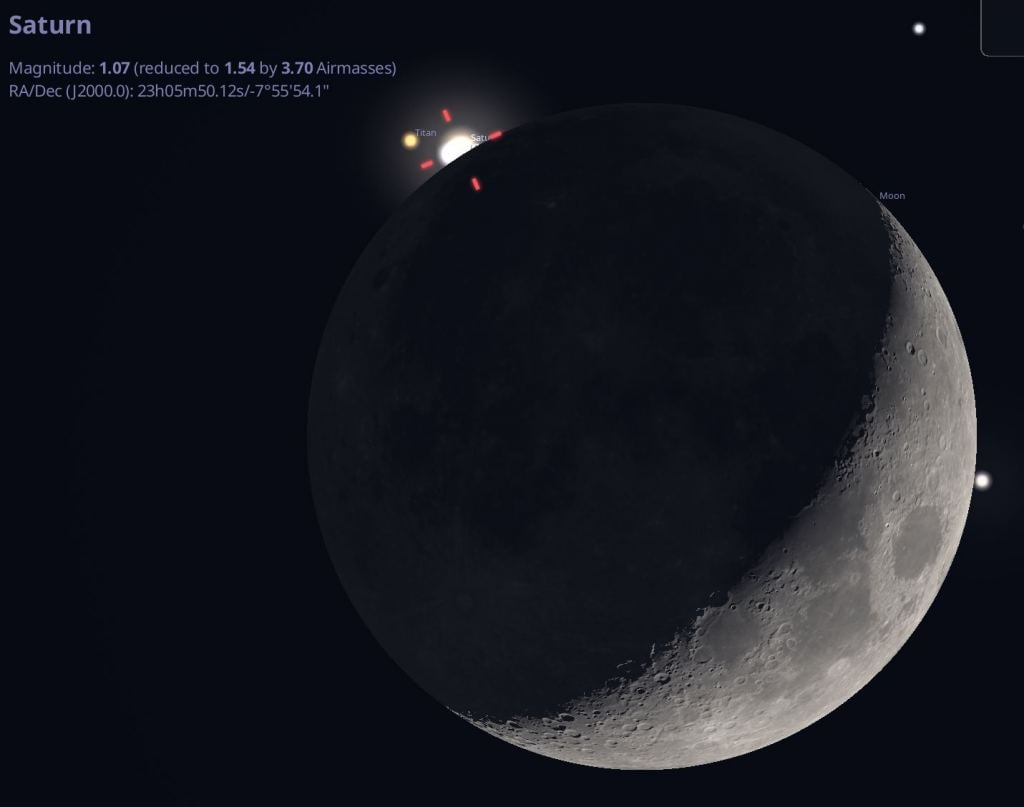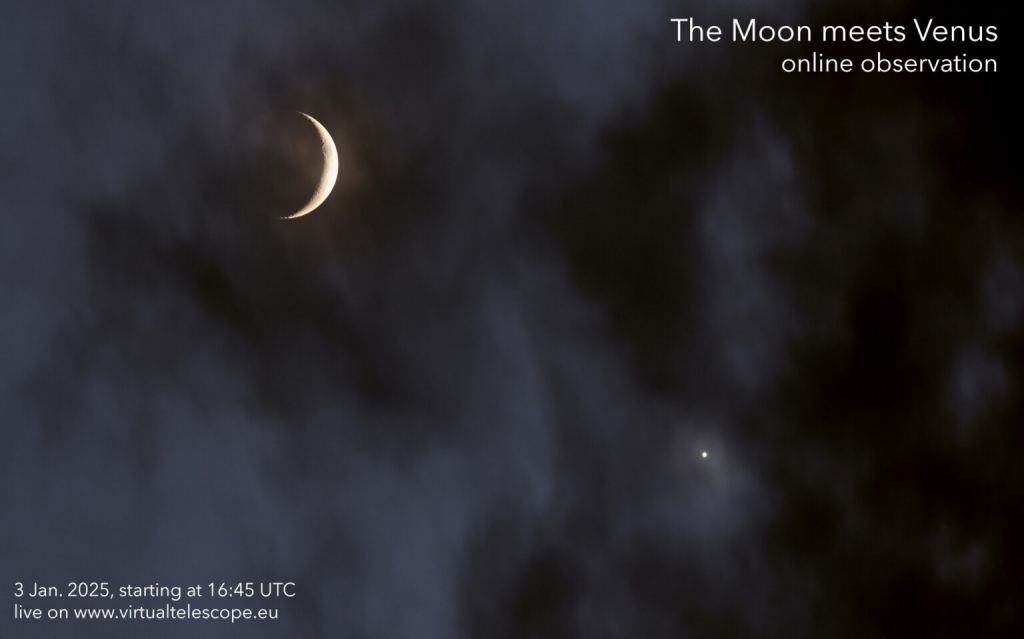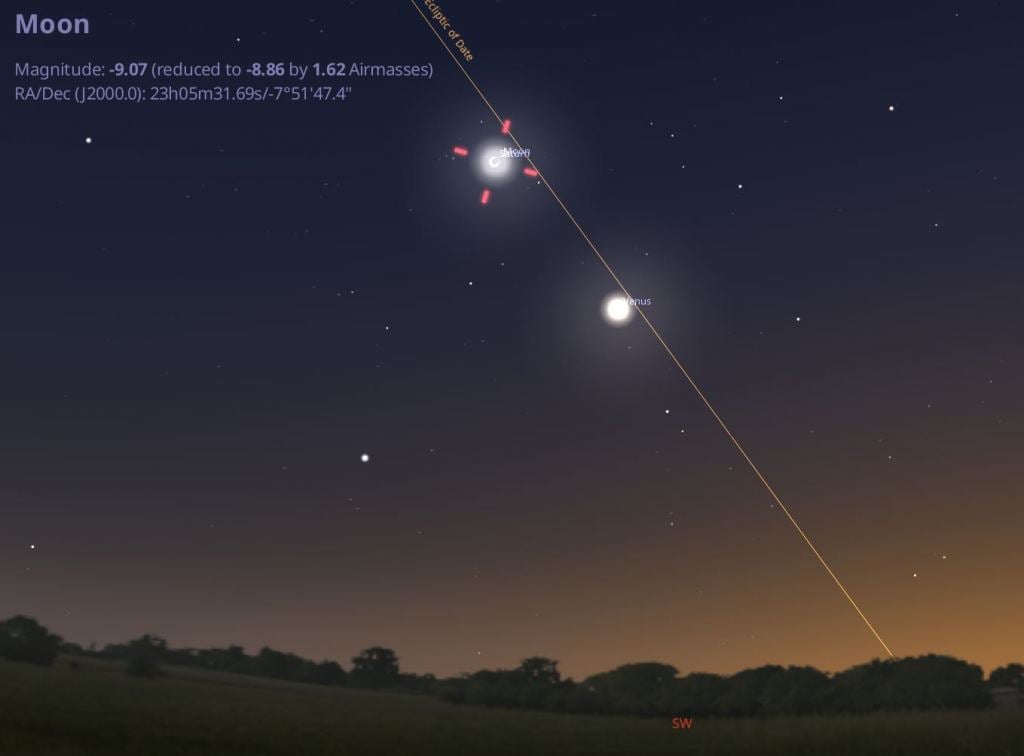This Weekend: Catch the Quadrantids at their annual peak, Earth at perihelion and the Moon blotting out Saturn.
Ready for another amazing year of skywatching? The very first weekend of 2025 offers up a flurry of wintertime astronomy events, eluding a swift meteor shower, a January 'SuperSun,' and a lunar planetary pair up at dusk.
January's 'Quad Watch'
This year, the Quadrantid meteors peak on January 4thwith a respectable projected Zenithal Hourly Rate (ZHR) of 80. This is versus a 27% illuminated waxing crescent Moon. Said slender Moon won't hamper observations, making 2025 an ideal year for the 'Quads'
Prospects in 2025
The short peak arrives at around 15:00-18:00 Universal Time (UT) on January 3rd, which favors the northern Pacific region at dawn. Keep in mind, it is still worth it for North American and European observers to watch on the mornings of January 3rd and the 4th before and after, in the event the peak arrives late.
The obscure name for the Quadrantids is the remnant of the now defunct constellation *Quadrans Muralis* (the Mural Quadrant), which was divided up between Draco, Hercules and Boötes (where the present day radiant lies at the shower's maximum) when the modern constellations were formalized by the International Astronomical Union (IAU) in 1928 and published in 1930. I think it's great, how an obscure piece of astronomical history turns up in skywatching discussions once a year…
The source of the Quadrantids is asteroid 2003 EH1, a rarity among meteor showers. The December Geminids also have a similar strange source, in rock-comet 3200 Phaethon.
It has always been my experience that the 'Quads,' while they're a strong stream, are often elusive, with a swift and brief peak. Maybe, it's just because it tends to be brutally cold outside in early January, cutting the observing window short.
Be sure to dress warm, fill up your travel mug with hot tea or cocoa, and keep those backup camera batteries toasty warm on your January Quadrantid meteor quest.
Earth at Perihelion
Meanwhile, our home world reaches perihelion or its closest approach to the Sun on January 4that 0.98333 AU distant at around 13:00 UT/8:00 AM EST. It may seem ironic that we actually reach our closest point in our orbit in the depth of northern hemisphere winter. Of course, it's currently summertime in the southern hemisphere.
This is also only true in our current epoch, as eccentricity of the Earth's orbit, the obliquity of the poles and precession of the equinoxes all change over time in what's known as Milankovitch cycles. The Sun does indeed appear slightly bigger in January versus aphelion in July (32' 32" versus 31'28" across in apparent size)...we checked:
A 'Great European Occultation'
Finally, the Moon occults (passes in front of) Saturn on January 4that ~17:24 Universal Time (UT). The event favors Europe at dusk, and the Moon is a 25% illuminated, waxing crescent, one of the best times to catch an occultation. This is the first planetary occultation by the Moon for 2025.
This should be a spectacular event, as the planet disappears behind the dark limb of the Moon, and reappears behind the bright sunlit side. 39" wide (including rings), +1stmagnitude Saturn will take a leisurely 45 seconds to a minute to fully disappear behind the Moon. The rings, though still barely visible, are headed towards edge on this year on March 23rd. The rest of us get a consolation prize of seeing a close pairing on Saturn and the crescent Moon at dusk worldwide.
The Moon occults Saturn twice in 2025, with the next and final event occurring on February 1stfor the remote Canadian Arctic and Alaska. The International Occultation Timing Association lists ingress/egress times for locations along the track for the January 4th event.
...And Something More
Clouded out… or simply live in the wrong hemisphere? Astronomer Gianluca Masi will host no less than three virtual sessions this weekend, covering the Quadrantid meteors, the occultation of Saturn by the Moon, and the Moon's close pass near Venus on January 3rd, just one week prior to its greatest (dusk) elongation 47 degrees east of the Sun on the 10th:
The Moon joins an enthralling planetary parade this weekend, sliding by Saturn and Venus to the west at dusk. Meanwhile, Jupiter and Mars await their turn to greet the Moon later in January to the east.
Wherever you may happen to observe from this weekend, there's a skywatching event for you. Be sure to embrace the cold as we kick off another year of astronomy and skywatching in 2025.
 Universe Today
Universe Today


